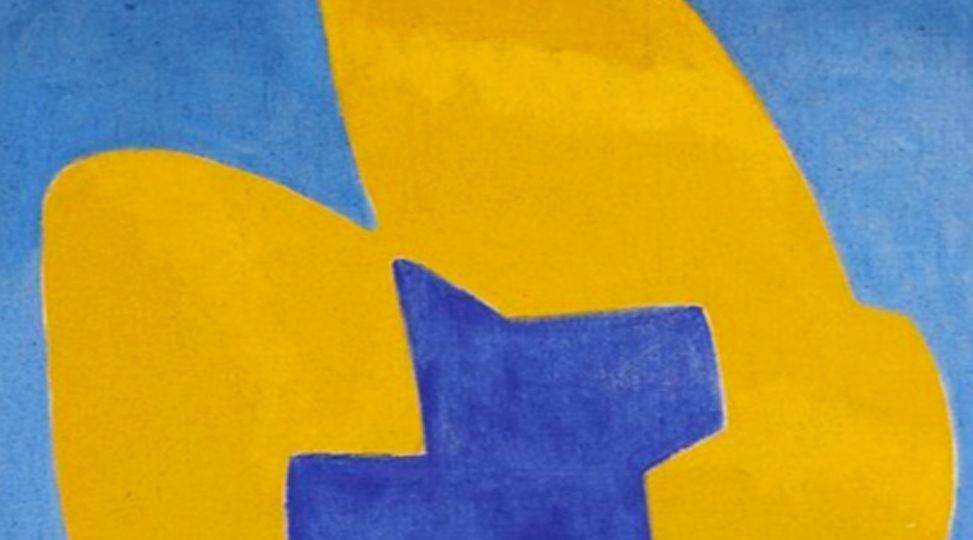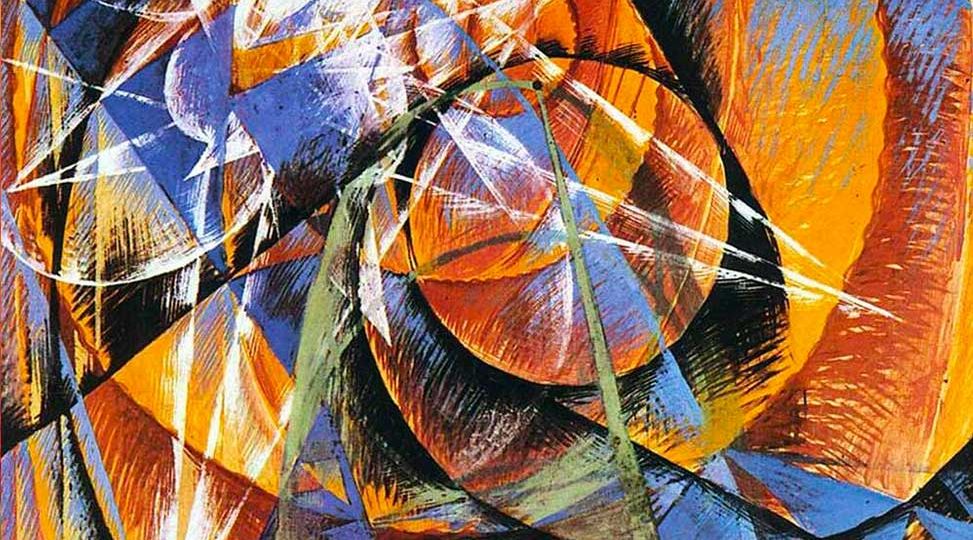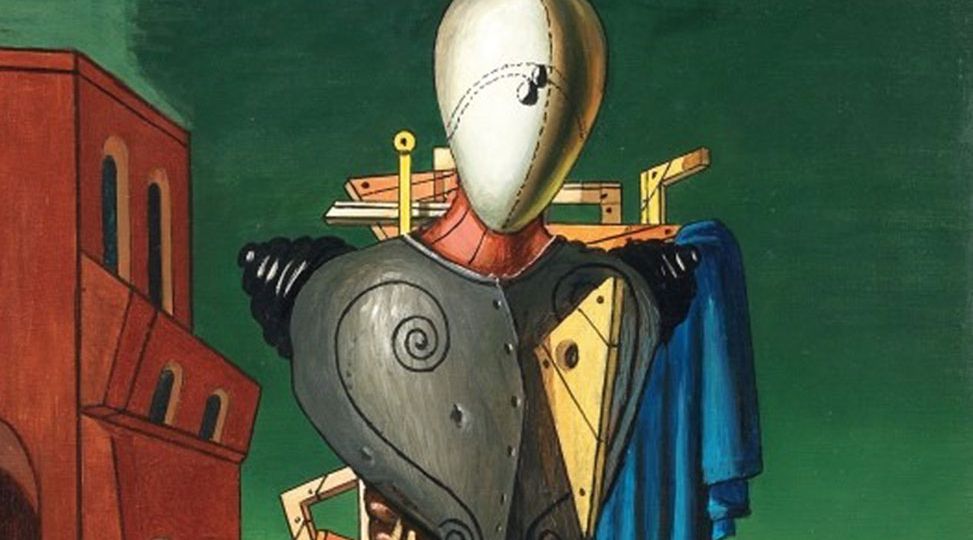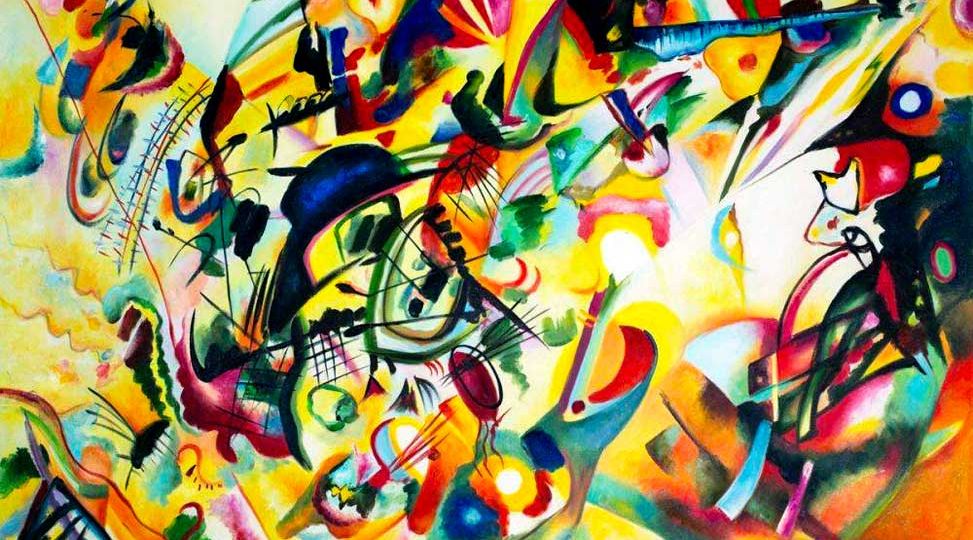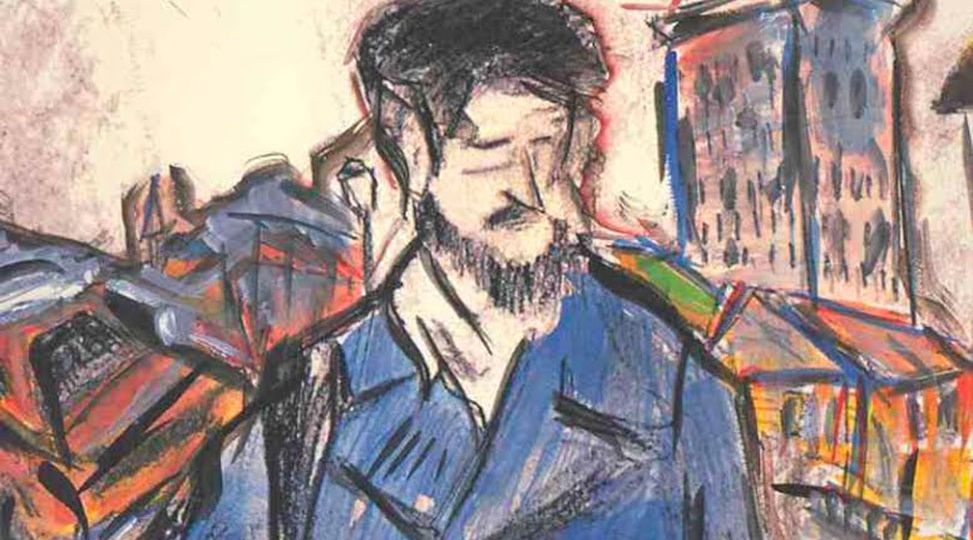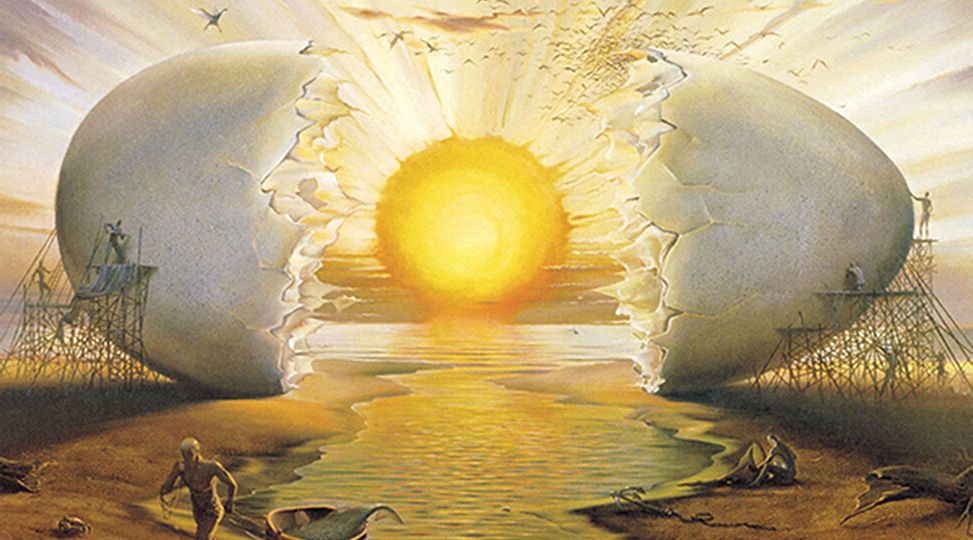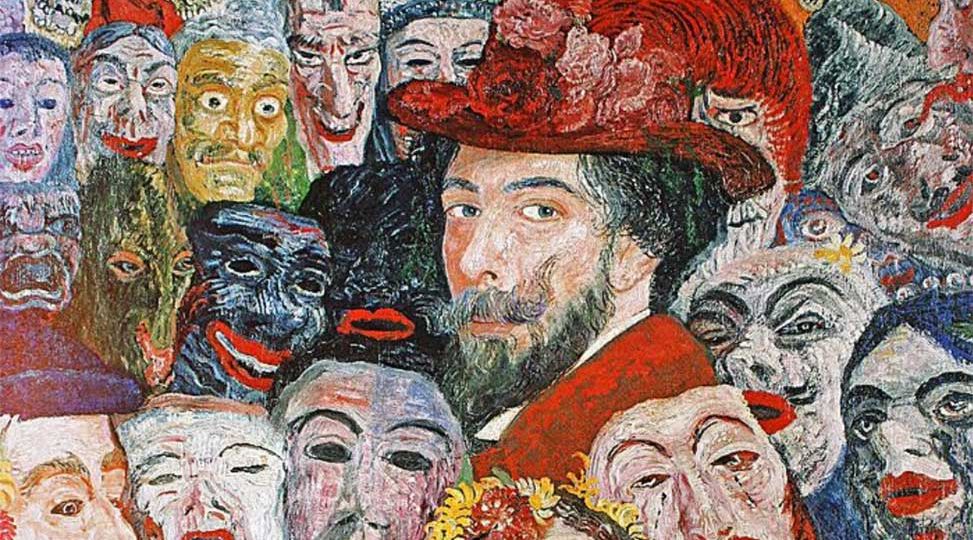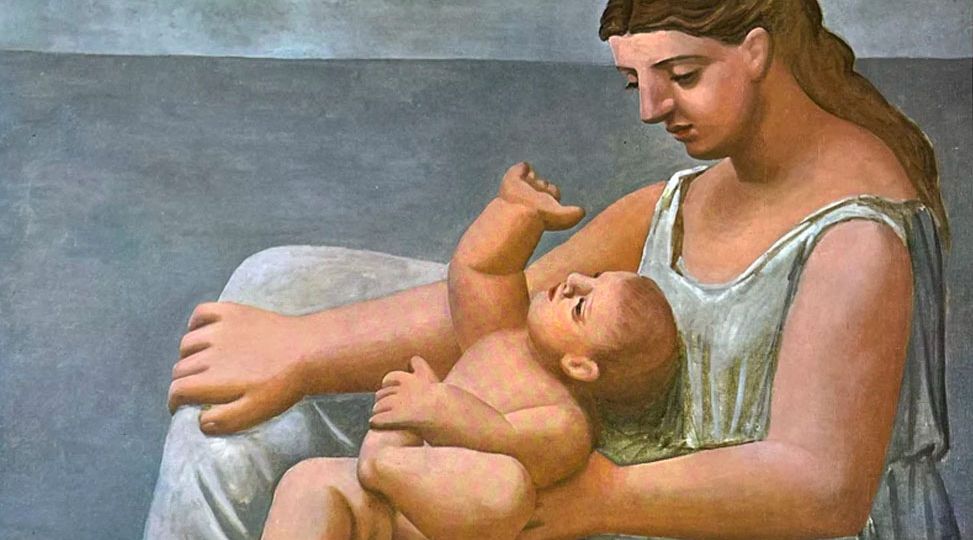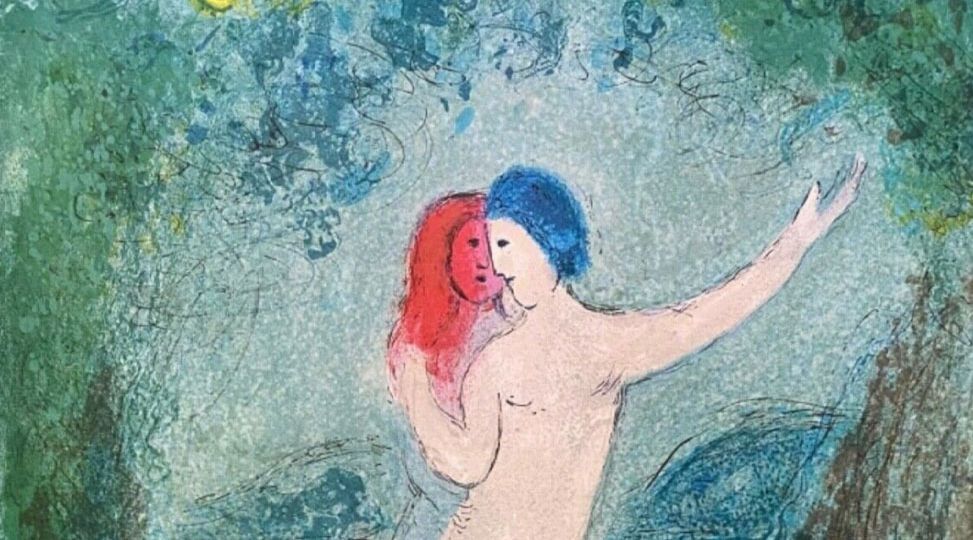Complicated conversations occur when different types of consciousness meet other kinds of consciousness, which both befriend and oppose them. You need some way of making sense of “what are the regular territories within this mad conversation?” That is what Jung achieved in Psychological Types: a flexible-enough model to cover all the collisions of consciousness that can arise.
archetype
The mythic relationship between Apollo and Hermes personifies a working relationship between two entirely different styles of being the world. Apollo, lord of reason, light, and order, appears fascinated by Hermes—a figure associated with trickery, liminal spaces, and movement. Despite the two gods’ intrinsic tensions, they build a lasting relationship.
The image of the ugly duckling growing into a beautiful swan is a powerful and transformative symbol of hope and fulfillment for INFJs. As a metaphor for differentiation and the individuation process, the Ugly Duckling tale illuminates the struggle to separate from the demands of others in order to recognize the value and beauty of one’s essential self.
“Everything has a purpose, clocks tell you the time, trains take you to places. Machines never come with any extra parts, you know. They always come with the exact amount they need. So I figured if the entire world was one big machine, I couldn’t be an extra part. I had to be here for some reason. And that means you have to be here for some reason, too. ”
Our often-used shorthand illustration with a line drawn between the four allegedly conscious function-attitudes and the four “unconscious” ones is misleading because consciousness is not a sufficiently reliable characteristic for distinguishing these two sides of the psyche’s typology. It’s related to what distinguishes them, but only as a secondary and fairly unpredictable characteristic.
The portrait of Bob Dylan in the film “I’m not there” demonstrates how a lack of father-specific structure is compensated by a powerful and extraordinarily creative but volatile and defenseless Puer structure; and the movie further illustrates the tendency of the Shadow complexes to rise to repair such psychic vulnerabilities and restore equilibrium.
The type code had another unintended effect, which was to elevate the E-I and the J-P dichotomies to the same level as the functions. I had always thought of myself as an Introvert and nothing else. I had also been taught that I was a Judging type and I had been told that “J’s decide quickly,” but that was not true for me. So there were holes in my preference framework where my experience did not fit what I was taught.
In the MBTI® I found the self-understanding that I had been lacking; I saw myself finally as less of a dilettante than an adaptive explorer, and a powerful implementer of all I had learned. I had been collecting knowledge and skills but had continued to be unclear about my “use of self.” I finally saw my journey as self-actualization.
… A wise employee will come to understand the culture of the company … and recognize that the team has long since developed a certain way of taking care of others. The team uses its auxiliary function, not yours, or the one your tertiary Child expects it to use. You cannot expect an organization to take care of you in the way that you want …
I think many of us would be quick to put our inferior and embarrassing Anima on the pyre, and happily satiate our Heroes. But the Hero needs to sacrifice its preeminence and allow the Anima to experiment and thrive if we are to find ourselves truly committed to what we do, not to mention fulfilled by it.


